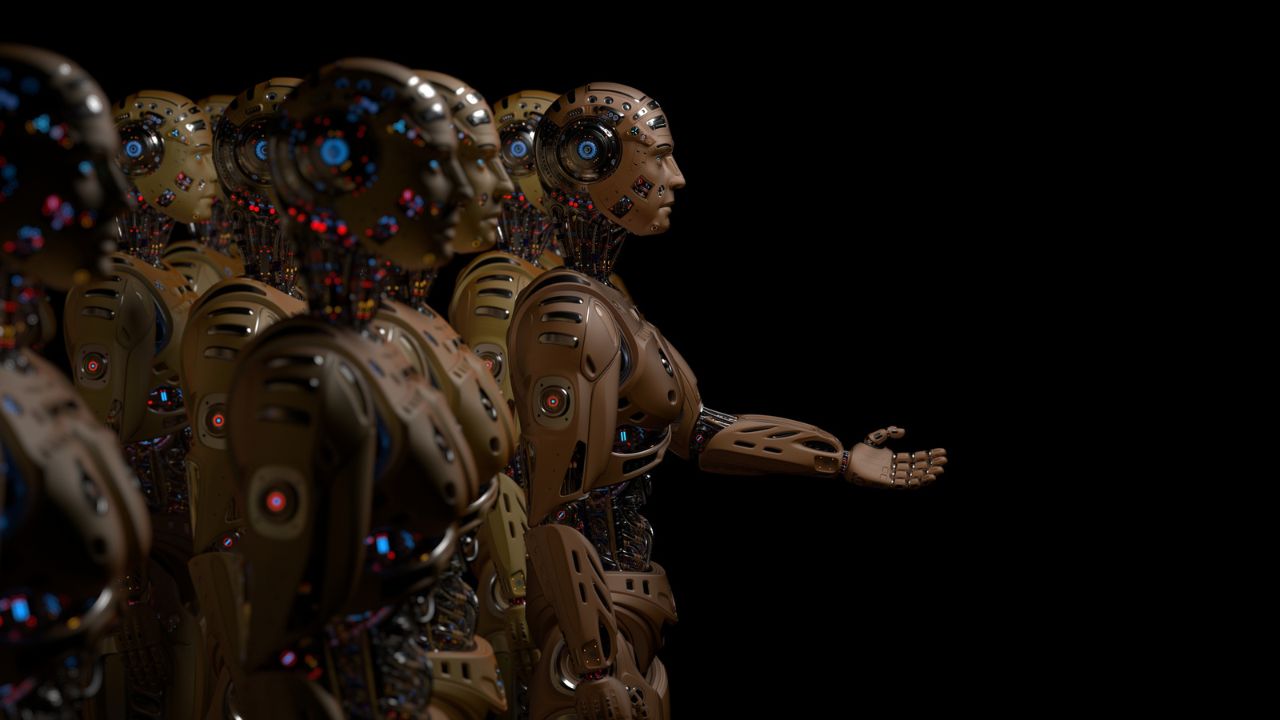DeepMind, Google’s robotics team, is making truly incredible strides. Technological progress so advanced that it gives rise to some of the deepest fears in many, the ones that have fueled hundreds of science fiction works: What if the machines were to rebel and lead mankind into slavery? Science fiction aside, a crucial element of technological innovations is always the commitment to ensure human safetythrough a greater crobo situational awarenesste adoption of fundamental principles. Principles that from today become part of a real Constitution of the robotwritten by Google engineers.
A concept that is very reminiscent of Asimov’s three lawsbut which DeepMind has formalized in a decidedly more technical way.
AutoRT: A Pioneering System
At the heart of these developments is AutoRTa cutting-edge system that uses artificial intelligence (AI) models wide-ranging capable of interpret practical goals commonly associated with humans. AutoRT integrates both language models (LMMs) and visual language models (VLMs) and advanced robotic control models. The latter, like RT-1 o RT-2 developed by Google, they learn concepts both from the web and directly from robots, translating them into generalized commands for robot management. The result is a system capable of simultaneously coordinating several robots, equipped with cameras and actuatorsto collect training data in unexplored environments.
Each robot uses a VLM to analyze your surroundings and an LLM to understand and perform specific taskslike placing a coffee cup on a desk.
DeepMind conducted an intense seven-month testing phase, during whichand AutoRT has demonstrated the ability to coordinate up to 20 robots simultaneouslyand a total of 52 robot distintthe. These tests were carried out in various scenarios within the company’s offices, accumulating a large set of data from 77,000 training sessions in more than 6,600 different activities.
From Asimov’s laws to the Robot Constitution
Although AutoRT is currently a data collection system, it also represents a concrete example of how autonomous robots can be integrated into the real world. To achieve this integration on a large scale and in everyday life, it is essential that robots come developed responsibly and supported by extensive research that confirm their safety in the presence of human beings.
The discussion on the interaction between humans and robots often evokes the famous ones Three Laws of Robotics by Isaac Asimov, present in his stories and novels about positronic robots. These principles, encoded in the “positronic brains” of robots in Asimov’s universe, establish the basis of their behavior and interactions with humans:
These laws represent an ideal to strive for in the creation of safe and responsible robots, a goal that Google DeepMind appears to be pursuing with its recent innovations in AutoRT and Constitution of the robot.
What does the DeepMind Robot Constitution provide?
Inspired by Asimov’s famous three laws of robotics, the Google DeepMind team developed one Constitution of the robot.
This set of guidelines focuses on safety establishes the criteria by which AutoRT selects tasks for robots. For example the system precludes the robot from activities that directly involve humans, animals, sharp objects or electrical appliances. Furthermore, safety measures from industrial robotics have been integrated. Some of these include the automatic blocking of robots if the force on their joints exceeds a pre-established limit.
During the tests, all robots were monitored by a human supervisor, ready to intervene with an off switch.
These innovations from Google DeepMind represent significant steps towards the development of safe robots integrated into everyday life. All with an eye to safety and efficiency.
















Leave a Reply
View Comments